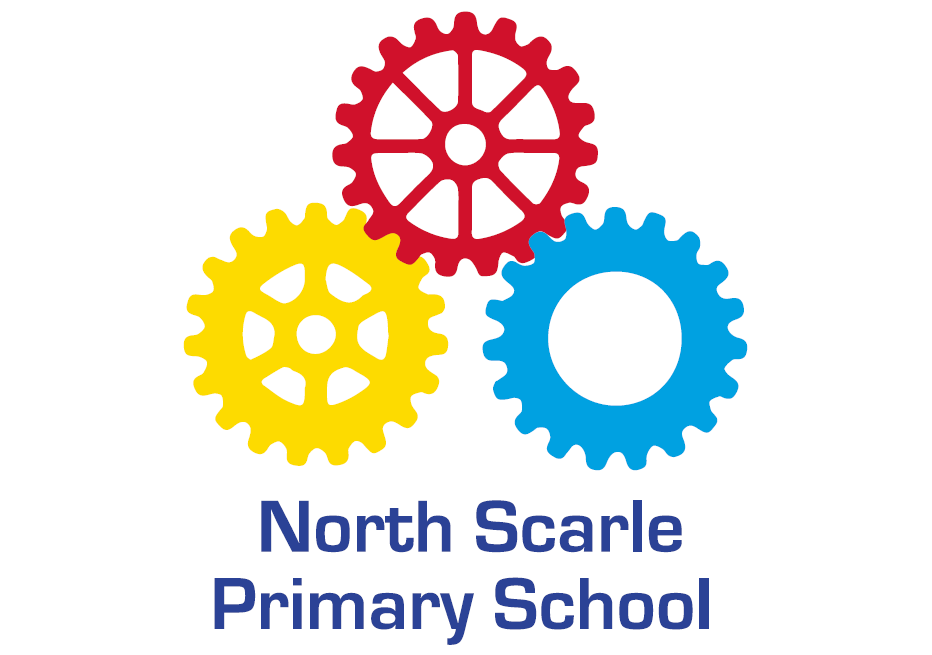Design Technology
DT at North Scarle Primary School
It is our intent at North Scarle Primary School to inspire pupils to be innovative and creative thinkers who have appreciation for the product design cycle through ideation, creation and evaluation. We want pupils to develop the confidence to take risks, through drafting design concepts, modelling, and testing and to be reflective learners who evaluate their work and the work of others.
Through our curriculum, we aim to build an awareness of the impact of design and technology on our lives and encourage pupils to become resourceful, enterprising citizens who will have the skills to contribute to future design advancements.
Our Design and Technology curriculum has been carefully planned to align with the aims of the National Curriculum for DT and enables pupils to meet the end of key stage attainment targets. EYFS children are also provided with the opportunity to work towards the Development matters statements and the Early Learning Goals.
Our four key threads are our vision and weave through everything we do at North Scarle Primary School:
Inclusivity: We want all of our children to access our design technology curriculum and steps are taken to identify and overcome potential barriers that individuals may face. The areas studied are selected to appeal to children of all backgrounds and to develop an appreciation for key individuals, inventions, and events in history and of today that impact our world.
Enriched: Our enriched DT curriculum provides children with opportunities to explore existing products, testing evaluating and discussing their impact on the user.
Aspirational: Our high expectations and progressively planned curriculum ensure that all children have confidence in their own ideas and abilities. They are supported to understand how their skills could contribute to future design advancements.
Inspirational: Our varied choice of products and stimulus excite children to learn and explore new area of design and technology. Children learn about the steps in the design process and are inspired to create their own products.


How is DT taught at North Scarle?
Our DT curriculum has been developed from Kapow Primary’s Design and Technology scheme of work which aligns with the National curriculum and enables pupils to meet the end of key stage attainment targets in the National curriculum. Kapow Primary’s DT scheme of work has been designed to be broad, balanced and progressive, spanning key substantive and disciplinary concepts, skills and knowledge appropriate for each stage of primary education.
In our EYFS, children explore DT through adult led activities and experiences linked to their termly topics as well through their engagement with continuous provision. These experiences are specifically planned to allow children to meet the early learning goals for ‘Understanding the World’ and ‘Physical Development. In Key stage 1 and Key Stage 2 units of study are arranged in an A/B cycle format.
Our curriculum provides children with an opportunity to experience five key areas of DT: Cooking and Nutrition, Mechanisms, Structures, Textiles and Digital World. Learning sequences are carefully planned to ensure that children revisit each area of DT in each class to embed and deepen key substantive, disciplinary and vocabulary knowledge. Each of our curriculum units follow the design process (design, make and evaluate) and have a particular theme and focus from the technical knowledge or cooking and nutrition section of the curriculum.
Children revisit three main strands of the design cycle within each unit of wok:
- Design
This involves learning about and responding to Design briefs and scenarios that require consideration of the needs of others. Children have the opportunity to explore different methods of design including Computer and design (CAD). - Make
This strand involves the development of the technical knowledge need to complete a product as well as learning, using and revisiting appropriate making skills. As part of this strand children are taught how to use equipment safely. - Evaluate
This area not only involves the evaluation of children’s own products but also that of their peers and existing products currently n the market.
Lessons incorporate a range of teaching strategies from independent tasks, paired and group work including practical hands-on, computer-based and inventive tasks. This variety means that lessons are engaging and appeal to those with a variety of learning styles. Lessons are thoughtfully planned to ensure they can be accessed by all pupils and opportunities to stretch pupils’ learning are available when required.
Key knowledge and vocabulary are revisited regularly, and links are made within and between units which supports children in remembering their learning through spaced repetition. Teachers provide opportunities to retrieve previously taught content within lessons and through a weekly POP quiz.


What is our intended impact for DT?
By the time our Year 6 children leave for secondary school, we intend for them to be equipped with a range of skills to enable them to succeed in their secondary education and be innovative and resourceful members of society.
Children leaving our school with be able to:
- Understand the functional and aesthetic properties of a range of materials and resources.
- Understand how to use and combine tools to carry out different processes for shaping, decorating, and manufacturing products.
- Build and apply a repertoire of skills, knowledge and understanding to produce high quality, innovative outcomes, including models, prototypes, CAD, and products to fulfil the needs of users, clients, and scenarios.
- Understand and apply the principles of healthy eating, diets, and recipes, including key processes, food groups and cooking equipment.
- Have an appreciation for key individuals, inventions, and events in history and of today that impact our world.
- Recognise where our decisions can impact the wider world in terms of community, social and environmental issues.
- Self-evaluate and reflect on learning at different stages and identify areas to improve.
- Meet the end of key stage expectations outlined in the National curriculum for Design and technology.
The ongoing impact of our curriculum will be consistently monitored by staff through formative and summative assessment as well as retrieval tasks.


